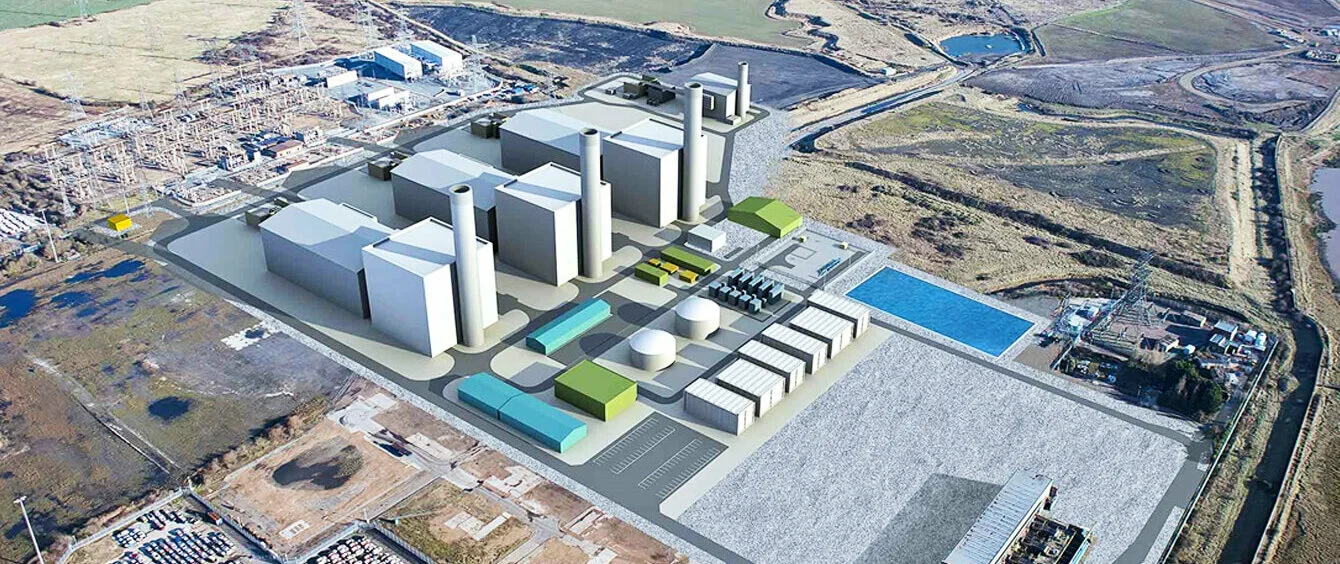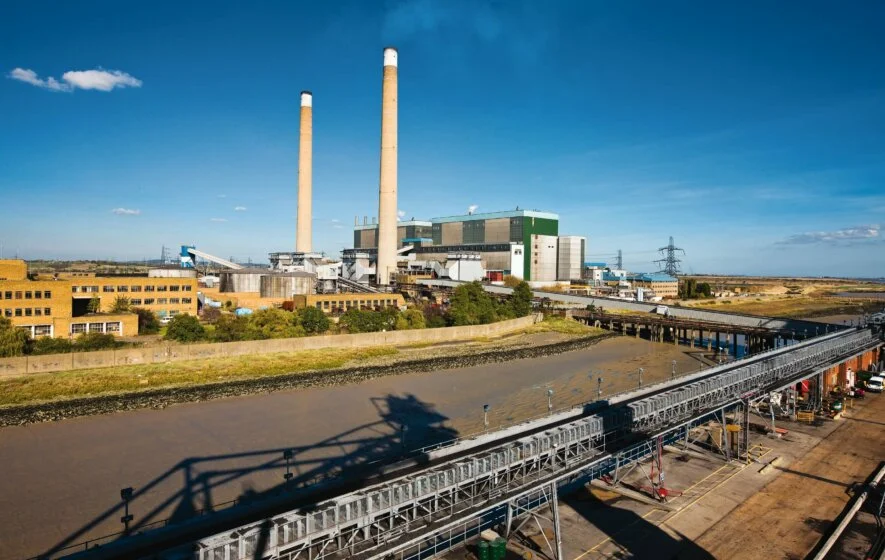While electricity demand in the UK is expected to remain stable in the coming years, it will soon have to be met without coal, as the UK government plans to phase out this fossil fuel by 2025. Since new nuclear power stations will not be available in the short term, there is an enormous need for investment in Great Britain. RWE is proposing to redevelop its Tilbury site with a state-of-the-art gas-fired power station.
Tilbury was home to a coal-fired power station for almost 50 years. In 2010, RWE retrofitted the plant to run on biomass. However, the station was closed in 2012 as the plant had exceeded its permitted hours under the Large Combustions plant directive, and changes meant that longer term biomass generation was not an option. Demolition is still underway and should be completed by the end of next year. Now, this site on the east side of London is poised to make a comeback: according to RWE’s plans, it could be the new home of a flexible, modern, low-emissions power station fired with natural gas, known as the Tilbury Energy Centre (TEC for short). The project is still in the planning and consultation phase, with a planning decision expected to be made by the Secretary of State in 2019.
More renewables while ensuring system stability
This RWE project is an important part of the fundamental changes occurring in the UK’s energy generation. In the years ahead, numerous conventional power stations will be shutting down and the utilisation of coal is to end completely by 2025.
The UK is investing record sums in creating a low-emissions, flexible and secure energy network, with billions of pounds already spent on renewable energy. In recent years the share of wind, solar and biomass in British electricity production has soared, reaching 30 percent in 2017. However, complementary energy sources are needed in order to compensate for the uneven output of renewables and thus ensure security of supply.
One example clearly illustrates this point: as the chart shows, on the ten sunniest days in the year the average UK baseload experiences increasingly large fluctuations. In order to respond to the variability of solar and wind energy, conventional power plants need to be able to ramp their output up and down at extremely short notice. And with energy production from renewable sources set to expand, the need for flexibility will be even more acute. To achieve this, the British government implemented a capacity market: electricity producers are paid for availability of generation for use in the event of a shortage.
Highly efficient: CCGT technology
With this in mind, RWE is planning to invest around one billion British pounds in Tilbury to construct a cutting-edge CCGT power station. These kinds of facilities combine two technologies to generate electricity: First an oxygen-gas mixture is burned in a gas turbine, which drives a generator. In addition, the gas turbine’s hot exhaust gases are used to produce steam to drive a steam turbine, which also generates electricity via a generator. The big advantage of this approach is that the gas fuel is essentially used twice, resulting in the efficiency of a modern CCGT plant of nearly 60 percent.
The gas is proposed to be supplied to the power station via a new, three-kilometre long pipeline. TEC’s location has several advantages: it benefits from the existing infrastructure, with its connections to the high-voltage network and gas grid. Additionally, it has direct access to cooling water from the Thames and excellent transport connections by road, river and the sea. Plans are being developed for a CCGT power station with a capacity of up to 2,500 megawatts. A further open-cycle gas turbine capable of delivering another 300 megawatts of power within a few minutes is also planned so that the plant can react flexibly to increases in demand for energy. In total, the new Tilbury Energy Centre will have enough capacity to serve three million households.
Interim storage for surplus energy
TEC has another special feature: As a building block of security of supply, TEC will be designed to react flexibly and quickly to demand and frequency fluctuations. A battery storage unit with a capacity of 100 megawatts integrated right on the power plant premises will make this process even more efficient. Using this storage, TEC will be capable of temporarily retaining excess energy and feeding it back into the grid when needed.


